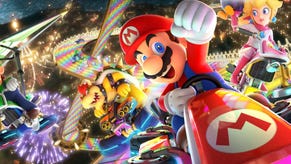There’d be no Mario Kart 8 Deluxe without Mario Kart Wii – here’s why
Often overlooked, but never without influence, Mario Kart Wii is a more important part of the series' history than you might think.
Mario Kart 8 Deluxe is one of the best-selling games of all time. The little plumber and his ragtag bunch of unlikely friends have convinced over 50 million people to empty their wallets and purses for his tarmac-based exploits since the game launched in 2017.
However, none of that would have been possible without Mario Kart Wii, which first hit Nintendo's motion-tracking mini-console 15 years ago today. The oft-overlooked entry in the esteemed karting series introduced new ways to race, welcomed some magnificent new tracks, and even layered in new mechanics that are enjoyed to this day in the more modern Mario Kart titles. So why does Mario Kart Wii get pushed to the side of the road when we discuss the success of the series as a whole?

Many gamers look down on the Wii due to its casual game lineup, but Mario Kart Wii is an important stepping stone in the series – even if it does, often, get drifted past. Mario Kart Wii brought in bikes for the first time in the series' history, allowing players to wheelie and race around at top speed. On two-wheelers, it was tough to steer around corners – but if you mastered the bike, you’d certainly gain an advantage because of how light the vehicle is, and how that affected its ability to speed up.
There were also various sizes of karts to choose from, adding strategy to how players approached the weight, acceleration, drift, speed, and other traits in each race. Seemingly a novelty at first, it quickly became apparent that you needed to master your custom builds in order to beat the tough AI at 150cc on the Wii – who knew Mario Kart needed an endgame like that?
I’ve played Mario Kart for a long time, and going back to the Wii version is surprisingly difficult; after breezing through on the Switch, I can only make 8th place in multiple courses. Without the variety of karts and bikes in Mario Kart Wii, we wouldn’t have the deep customization of Mario Kart 8 Deluxe. It gives the modern game much more definition than the 64 version of the series.
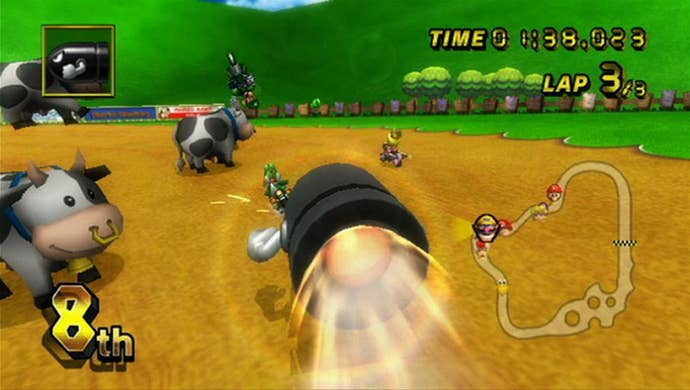
Something else that ramped up the karting action in Mario Kart Wii was the trick system. For the first time in the series, you could have Mario flipping in the air to get a speed boost. Sure, it was probably just a fun way for Nintendo to fold in the waggle controls of the nunchuck Wii remote, but those tricks have become a staple in the Mario Kart series ever since. Skidding up ramps and pulling off tricks at the apex of your jump count for some of the most white-knuckle experiences in Mario Kart 8 Deluxe – and we have the Wii version's experimental foundations to thank for that.
But what good are tricks if you've got nowhere to pull them off? Mario Kart Wii arguably has some of the best tracks in the entire series, with the standout – of course – being Coconut Mall. The catchy, cheerful music pumped out of those speakers in the familiar-but-fantasy mall scenery made for an outstanding track; one that showcases the creativity and ingenuity the series is celebrated for. One of the coolest gimmicks is how the escalators sped you up or slowed you down.
There’s also the fan-favorite Moo Moo Meadows. It has a bucolic, charming farm aesthetic as you mamoover around the cows and perform tricks on the dirt piles strategically placed throughout the course. One of the best trick spots in the game – frontlined and spotlighted so you can really get a handle on the system – takes pride of place in the middle of the track, and provides a mighty leap into the air.
Luigi Circuit, with a grand statue of Mario’s brother and a ramped area with boost panels all over it, also feels like a message from Nintendo, with the developer saying "look, we know what you want, and we know how to make a fun track". The creativity and fun factor exhibited in these stages feels like the start of a new formula, somethihng where it all clicked into place up in Nintendo towers, which forward into future titles. Especially Mario Kart 8 Deluxe.
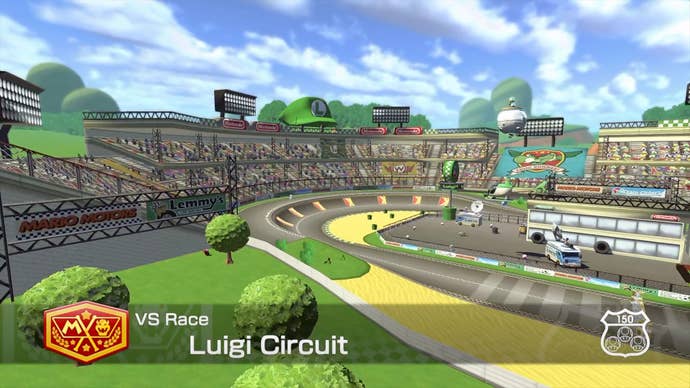
Similarly to Super Smash Bros. Brawl, Mario Kart Wii was the first console entry to have online multiplayer. Arguably, it worked better than it had any right to when compared to (especially when compared to Brawl’s messy connectivity). The Wii's touch-and-go matchmaking allowed us to play the game with our friends, and also match up with strangers so we could duke it out with someone on the other side of the world for dominance over... a field of cattle. Though shaky, without the foundations of Mario Kart Wii, we wouldn’t have the stellar online experience of Mario Kart 8 Deluxe.
Mario Kart Wii famously gave us the option of motion controls. It came bundled with a wheel that made the process of controlling a kart more natural with the Wii remote, living up to Nintendo's love of a cheeky gimmick. But, if that wasn't your style, you could opt for the GameCube controller, the Wii remote itself, or a Wii remote and nunchuck. This made the game was more accessible for those who can’t operate a button-focused controller, and also appealed to those who like a more traditional method of playing games.
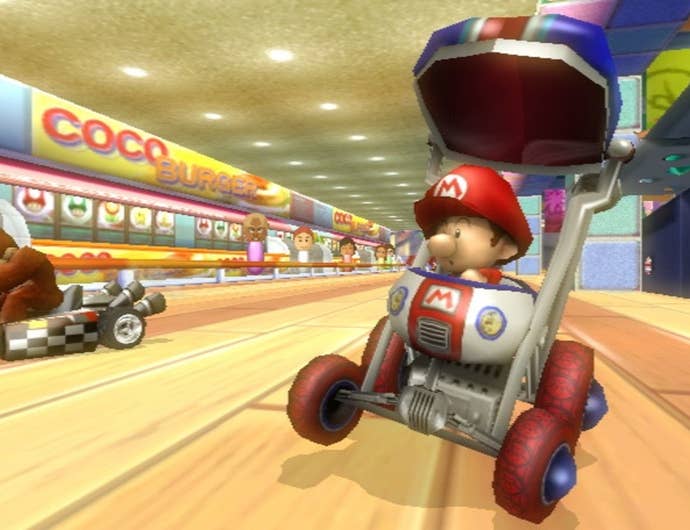
Mario Kart 8 Deluxe followed suit and, inspired by the Wii entry, made as many control options as possible with the Joycon in its various configurations, as well as the Pro controller.
Mario Kart Wii is an important chapter in the series, and despite its casual focus, it's a vital keystone for Mario – it revised the Mario Kart formula, introduced some essential new elements to the games, and acted as something of a mission statement for what was to come. Online functionality, kart customization, bikes, 3D courses packed with ingenuity, and the thoughtful implementation of motion controls all added so much to the franchise.
Without Mario Kart's lesser-loved Wii version, the Switch behemoth we have now would never exist. Think of that next time you clock your Wii, gathering dust, back at your parent's house.
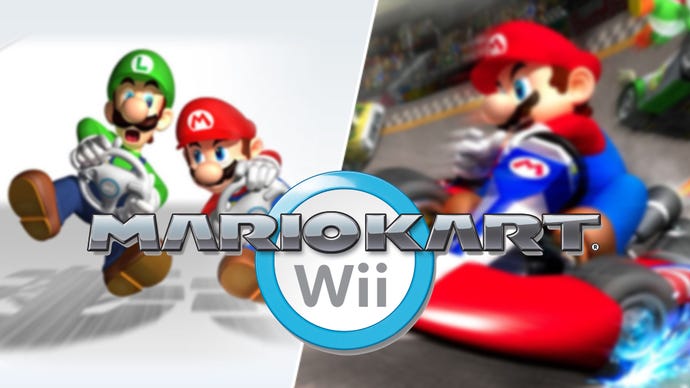


_fuFdDQu.jpg?width=291&height=164&fit=crop&quality=80&format=jpg&auto=webp)
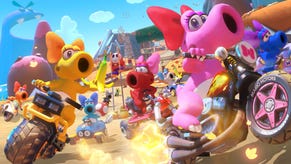
.png?width=291&height=164&fit=crop&quality=80&format=jpg&auto=webp)
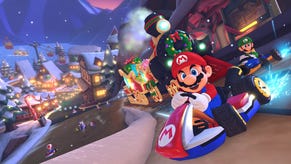
.jpg?width=291&height=164&fit=crop&quality=80&format=jpg&auto=webp)
